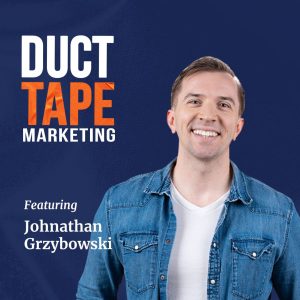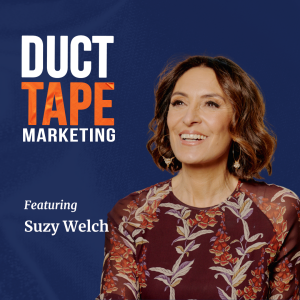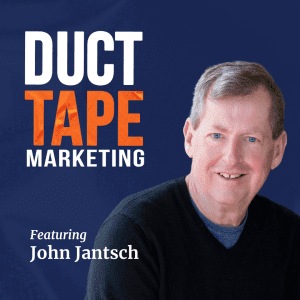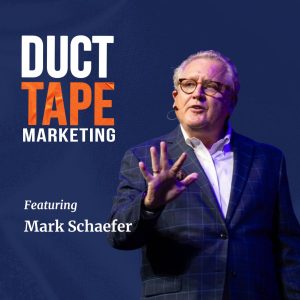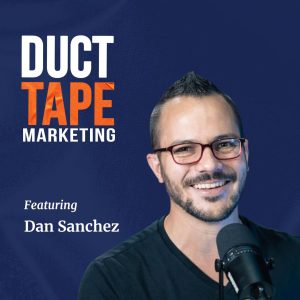The Anti-Agency Model: A Bold New Future for Marketing Services with Sara Nay written by John Jantsch read more at Duct Tape Marketing
Episode Summary
In this game-changing episode of the Duct Tape Marketing Podcast, host John Jantsch sits down with Sara Nay, CEO of Duct Tape Marketing, to discuss what they’re calling the Anti-Agency Model. With over 15 years of collaboration, Sara and John unpack the reasons traditional marketing agency models are struggling—and why a system-based, AI-enhanced strategy is the future of small business marketing.
They explore how artificial intelligence is reshaping the marketing landscape and why internal ownership of marketing systems is becoming the new gold standard for business growth, scalability, and even acquisition-readiness.
About Sara Nay
Sara Nay is the CEO of Duct Tape Marketing, a pioneer of the Anti-Agency Model, and a champion of marketing systems for small businesses. With extensive experience as a fractional CMO, trainer, and systems thinker, she is helping shape a new direction for marketing professionals and agencies worldwide.
What You’ll Learn in This Episode
- Why the traditional marketing agency model no longer works
- How AI is changing the role of agencies and internal teams
- The rise of the “system installer” over the service provider
- Why businesses must own their marketing system internally
- Details of the upcoming Anti-Agency Model Workshop
Key Moments from the Show
- 00:30 – What is the Anti-Agency Model and why now?
- 01:17 – How the current agency model fails businesses and agencies alike
- 03:09 – The misalignment between agency incentives and business goals
- 04:17 – Using AI to elevate—not eliminate—marketers
- 07:30 – The evolution toward system installers and strategic leaders
- 08:46 – The value of the fractional CMO in the new model
- 10:32 – Business owner reactions to the anti-agency concept
- 12:05 – Marketing systems as real business assets
- 13:58 – Adding consistency as the fourth “C” of effective marketing
- 14:52 – Workshop overview: structure, tools, and outcomes
- 16:07 – Licensing a system, not just learning a method
- 17:30 – Who this workshop is designed to help
- 20:17 – Who your ideal client is for this new model
- 21:42 – Learn more at dtm.world/newmodel
Join the Anti-Agency Movement
Learn how to implement this cutting-edge model and license a productized marketing system that can transform your agency or consulting practice. Join the Anti-Agency Model Workshop starting this June.
Tags:
Marketing strategy, AI marketing, Anti-agency model, Fractional CMO, Marketing systems, Small business marketing, Sara Nay, Duct Tape Marketing Podcast
